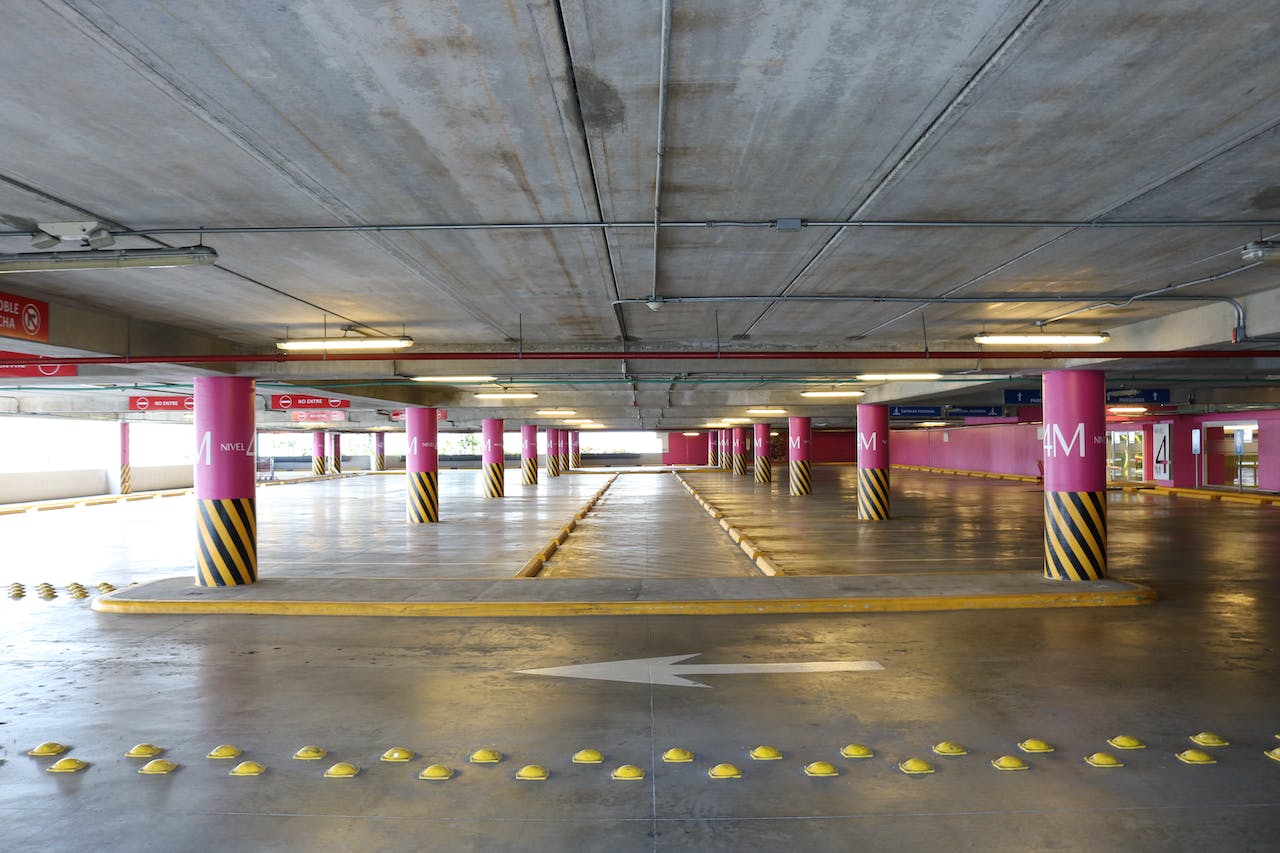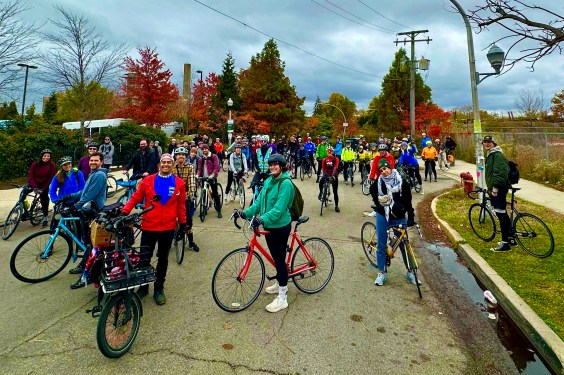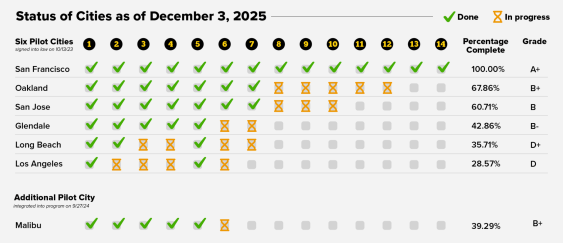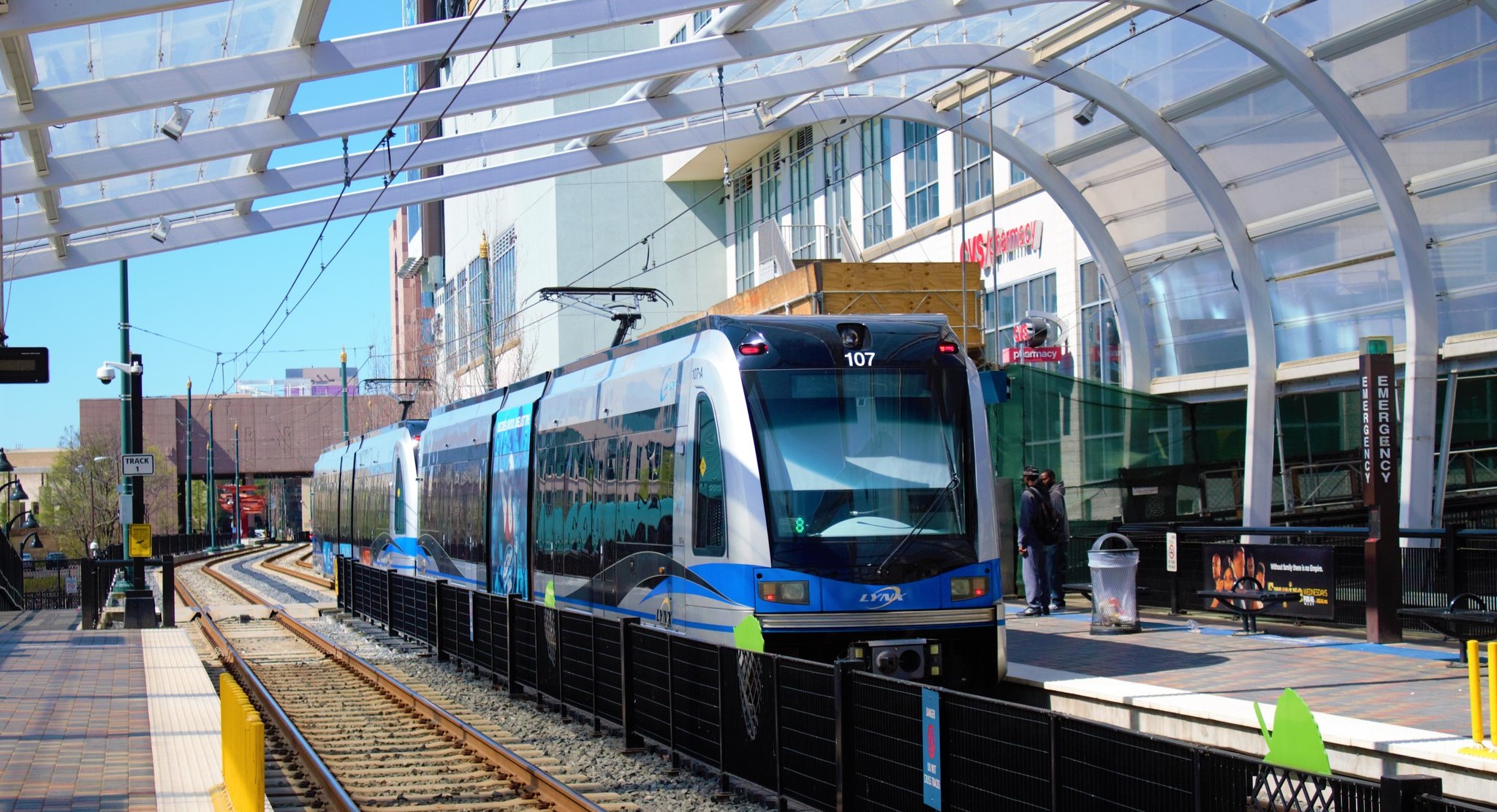How we get to work in America -- it's a function of a city's demographics, its physical structure, and the quality and availability of different transportation options.
Each year the Census Bureau's American Community Survey gives us a rough idea of how different transportation modes are faring in cities across the country. Comparing trends, city to city, can help us illuminate the conditions that set the stage for shifting from car commuting to more sustainable modes.
Yonah Freemark at the Transport Politic has broken out ACS commute data from 2000 to 2009 into categories: dense cities versus sprawling cities, and those with rail transit versus those without. According to his analysis, transit, walking, and biking are gaining on car commuting, particularly in cities that have made major investments in rail and those that are more compact.
Since 2000, among the 30 largest cities in the country, those that have recently added rail transit showed a 4.9 percent decrease in the share of commuters who got to work by driving, compared to a 1.4 percent drop in cities with no rail and a 3.4 percent decline overall. Meanwhile, sprawling cities like Columbus, Dallas and Las Vegas showed the smallest shifts away from cars.
When comparing cities that have no rail lines with those that have existing lines or have invested in new ones, a correlation between rail and transit use is apparent. Cities with no rail saw far smaller declines in automobile mode shares than their rail counterparts; they also saw declining non-automobile mode shares, compared to increases in the rail cities.
This may indicate that rail lines can play an important role in encouraging the population to try modes other than the automobile. The non-automobile mode share, which includes transit, biking, and walking, is particularly interesting from this perspective because it may reflect the number of people choosing to live in areas where it is acceptable to use transportation other than the private car.
Looking city-by-city, modal share changes reflect some overall trends. Automobile usage continues to decrease in the nation’s older, densely developed cities: The places recording the largest declines in overall car share were, in order, Washington, New York, Boston, San Francisco, Seattle, Portland, and Chicago. Those with the largest declines in non-automobile share were largely sprawling cities, including, in order, Columbus, Houston, Dallas, Fort Worth, Las Vegas, and Nashville.
Elsewhere on the Network today, UrbanSTL shares a link to a website that offers an interactive map showing the history of white flight and urban decline in metro St. Louis. Orphan Road examines land use patterns in Seattle and Washington state and determines the state's growth management strategy is failing. And The City Fix outlines the findings of a review of major bus improvements in 13 Latin American and Asian cities.






